|
When I use the customer journey mapping process to aid clients in their sales and marketing efforts (i.e. a framework like StoryBrand), we place their ideal client in the center of the story.
They are the hero and protagonist who has embarked on a quest to solve their problems (internal, external or philosophical). We identify a villain — someone or something that stands in their way and thwarts their progress at every turn. And, we are their guide (Yoda, Gandalf, The Scarecrow or Glinda the Good Witch). When they finally overcome this villain to claim ultimate victory and the gift of achievement, we have helped them up the mountaintop and filled them with the power and confidence to stand with one foot on the belly of the dragon and hold their sword to the sky. To move our potential customers from the safety and warmth of their hearth and up this treacherous mountainside, we may feel the need to shy away from such polarizing language when addressing them. We might think they need to be gently coaxed into a place of safety — lured into a cave and given the plan or solution in secret. In reality, our hero has been waiting for years for someone (a guide) to come along that has the courage to speak to her in such polarizing language — a language that draws a stark relief between what she’s afraid of and what’s truly at stake and what she stands to win. Identifying the villain — and what success will look like — allows us to plug simple, yet mythic and powerful words into formulas like the ones below that speak directly to the heart of our ideal client. The formulas are quite simple. Formula 1: Kill / Claim - This one uses the “k” sound to create an alliteration. The inputs should be short and use rhyming and/or rhythm to create a brief, memorable statement. Formula 2: Slay / Step Into - This one relies on the “s” sound and uses the mythic term “slay” in place of “kill.” Here are a few case studies, based on some of my past sessions: Example #1 A corporate innovation company that helps other businesses think ten steps ahead. They have identified as their villain the “Prime Movers” — those who are first to market. Their success looks like a prominent place in their chosen market segment. For them: Slay the competition. Step into your position. Example #2 A sales-based insurance company whose villain is the gray, shadowy, “big bad wolf” that threatens the safety of the community. Success looks like them being perceived as the trusted advisor, providing safety and shelter through the mitigation of risk. For them: Kill your monsters. Claim peace of mind. Example #3 A coaching program that encourages therapists to leave behind the clinical 1:1 practice model, become entrepreneurs and launch a group coaching business. The villain that terrorizes their (primarily female) protagonist is self-doubt and the fear of the unknown. Success looks like the fulfillment of a career they knew they were destined for. For them: Slay the unknown. Step into the light. Or, more boldly, and my favorite: Kill your fears. Claim your future. Copy like this is perfect for headlines in blog or social posts, webinar or workshop titles, or display ads. It serves to address their needs/pains and immediately begins to position you as the guide who is empathetic and demonstrates the authority to lead them on their quest. You can start today by using more bold, direct language with your potential customers. Watch how they react and respond. Measure how much faster they move up the mountain. And let me know the results. If you’re interested in what a StoryBrand or business coaching session can do for you, e-mail me at [email protected] to schedule a discovery call.
0 Comments
Part 1: The Exotic Moods of Les Baxter (1996)
If you were in a facilitation led by me this past year, chances are high that while you brainstormed or wrote silently or sorted and posted up your stickies in MURAL you heard some retro–tiki, instrumental lounge music playing in the background. That album is The Exotic Moods of Les Baxter and I played it so much in my sessions this year that, according to Apple Music, the album (along with killer releases by Hailey Williams and Moses Sumney) is one of my top 5 albums of 2020. Most of the people I worked with this year were innovation teams, executives and leadership teams, Chief Innovation Officers and CEOs looking to manage the growth phase of their business or train innovation thinking and best practices throughout their organization. The work we do together usually spans multiple half-day sessions where we are using collaborative workspaces (like MURAL) to gain clarity or consensus, cast a big vision, work on culture and communication, prioritize initiatives and outcomes, develop a strategic plan or stay accountable to the process. When facilitating, especially during visioning or brainstorming, I usually build in plenty of time to work silently or write and reflect. And I’m always on a search for music without lyrics to distract from the thinking process. Sometimes jazz is what I'm after. But, if it’s too busy (like bop or free jazz) it can feel distracting and chaotic, and if it’s too mellow (like smooth jazz) it can feel hokey. 70s–era Miles Davis is greatly atmospheric (i.e. In a Silent Way) and a personal favorite, but the tone of his trumpet can end up sounding grating or tinny when run through Zoom’s compressors or played through tiny laptop speakers. Sometimes down–tempo electronic or dance can serve to keep the energy steady throughout a session. Goa (a blend of trance and techno) can work for high-energy activities. Minimalist electronic music with blips and washes of sound works great for quieter sessions (think Brian Eno or Bill Laswell). You may also find various playlists, designed for reading or studying, that fit the mood. For whatever reason, The Exotic Moods of Les Baxter was the album that I played in the most sessions this year and it took a well-deserved spot in my top 5. I suppose it provided the right balance of tension/adventure (like standing in the line at Disney Land) as well as the non-threatening and nostalgic sounds you may find in your grandparents' living room. I'd love to go through my library and feature some other music that I facilitate and work to. But I’m dying to know -- what is your go-to instrumental music for facilitation, working, studying or reading? Please sound off in the comments below. If you want to inspire the innovation spirit in your meeting, begin with one simple ground rule: “Yes, and...” Here is why it’s important:
BONUS: It even works when used sarcastically. To save time and maximize your collective intelligence, use the phrase “Yes, and...” instead of “no” or “yes, but …” Here’s how to set this up for success: 1. At the beginning of your meeting, establish your objective by answering “At the end of this meeting, what will we have accomplished?” Make the outcome crystal clear. You don’t even have to use the word “innovation.” 2. Next, establish “Yes, and…” as one of the rules. Here’s what you might tell your team: “Many times, when we are in team meetings, we use the words “no” or “yes, but ...” to make our points. Those powerful words can cut off the flow of ideas and solutions. They stop forward movement. “Yes, and” can eliminate negating words and attitudes. Think of volleyball, where the goal is to keep the ball in the air. Just as we would pass the ball to a teammate to get it over the net, we need to trust others with our ideas and know that they have the potential to improve.” 3. Encourage your team to try the sarcastic use. It breaks the ice and allows everyone to understand it really does work. (See “Yes, and…” in Action, below) 4. Proceed through your meeting as normal. And have fun. A small shift in language (and attitude) can provide exponential impact in your team. These simple tools are ways to accelerate your innovation potential into a hard-wired reality. “YES, AND …” IN ACTION Example 1 Facilitator: "Our vision for 2025 is bold." Person 1: "Yes, and it will take all of us performing at our best." Person 2: "Yes, and I know this team is capable." Person 3: "Yes, and I'm glad we are discussing strategy today." Person 4: "Yes, and I'm excited about my new role!" Example 2 Facilitator: “The weather is really bad today.” Person 1: “Yes, and it’ll probably get better.” Person 2: “Yes, and the sun always comes out.” Person 3: “Yes, and when it does, maybe I’ll leave early and go to the beach.” Person 4: “Yes, and maybe I’ll go with you.” Person 5: “Yes, and I’ll bring the sandwiches!” This conversation (or something like it) has been replicated many times by practicing “Yes, and …” as an ice breaker. Notice how it doesn’t take long to turn a complaint about the weather into a beach party. It just takes two simple words. 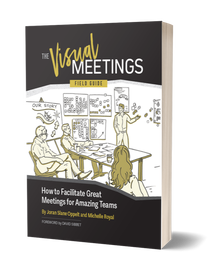 This is an excerpt from The Visual Meetings Field Guide: How to Facilitate Great Meetings for Amazing Teams - the fully-illustrated master playbook for turning your meetings into engines of productivity and culture. Get your copy on Amazon now. SKILLS 1. Design Thinking Design Thinking is just another word for the creative process. The ability to think like a designer, through multiple iterations, and learning from the worst failures is the most important skill a leader can have. Design Thinking is rooted in empathy and the ability to put the customer or client at the center of the journey. The executive should be testing and building not just products, but entire worlds. 2. Communication Leaders need to be able to use their words and translate the vision in their head, the strategy or the action plan, the experience they've had, the lessons they've learned. Mind-reading is not a trait that any of your team members will have, so open your mouth and (repeatedly) speak your vision into reality. 3. Self-Transcendence Real leaders aren’t just fiery visionaries blazing a new trail, they are also masters of self–immolation, burning themselves down and being reborn from the ashes on a daily basis. They’re unafraid of their own shadow and unaffected by past versions of themselves. They are devouring the most motivational content, surrounding themselves with the 5 most effective people, and always looking at the world with new eyes for new opportunities. ATTRIBUTES
1. Vision Real leaders carry the vision. They hold the torch atop the mountain. They remember the goal when the team has lost sight of it and the mission is about to fail. They see and think the (sometimes outrageously) bigger picture. The team members will often say: "I never would have thought of it that way." (See also: courage or chutzpah) 2. Empathy As we move into an increasingly remote and fragmented future, human empathy will be the real secret ingredient. It is the X factor that success will depend on. Knowing that the organization is made of breathing people and the pyramid below you is made of heartbeats and beliefs will set you apart as an executive. 3. Faith We get it. You're tired of repeating yourself (see Communication above) and you want it solved now because there will be a different conflict down the road. You want the team to move at the speed of light, measuring twice and cutting once. Effective leaders slow down and take a breath, avoiding burnout for everyone. They nurture and model the loyalty, strength and capabilities necessary of their team. Compassion and accountability are climbing partners that must lift each other as they ascend. You need to be patient and trust that the ladder will hold. In my latest book, The Visual Meetings Field Guide: How to Facilitate Great Meetings for Amazing Teams, I laid out the following roles that we have found vital in any virtual meeting or session.
Great virtual facilitation is a team effort. Like the DJ and producer on radio programs, the core duo of facilitator and conductor are at the heart of the virtual experience. Other presenters may add color or interest, and graphic recorders bring their own jaw-dropping magic. 1. Facilitator The facilitator is the pied piper of the session. They design and deliver the attendee experience, guiding the participants through the work effort and into application. The facilitator determines the outcomes and then helps carry them through. They keep the expedition on track (and on time) and leads them through virtual space. 2. Conductor The conductor engineers the session. They act as a director or broadcast engineer, changing sets, switching cameras, and acting as hype-man for the facilitator. The conductor helps to build the virtual architecture the participants will move through. They primarily keep their head down, with one eye on the script or field guide and the other eye on the timer. They may also act as DJ, link paster, breakout facilitator and announcer. Even more than the facilitator, the conductor is meticulously aware of the agenda and the details of delivery. 3. Graphic Recorder The graphic recorder is a scribe, capturing content and reflecting it back in real time. The facilitator needs to mindfully guide participant attention to the graphic recorder. Through constant telepresence, moments of screen share or “gallery walks” the facilitator can share the graphic recorder’s work. The reveal can act as a leg stretch, a Q&A (What do you see? What did we miss?), a wow moment, an energy barometer, or a magic trick. 4. Presenter Presenters are the special attraction. They are invited into a session as a guest. The facilitator transfers esteem to the presenter through their introduction. A presenter’s main job is to deliver content. Presenters are subject matter experts and usually come with their own slides. Just as in face-to-face facilitations, presenters may need additional information about the meeting or the participants in advance (How many people? Who are they? What are their roles in the company? What are their needs/big wishes?). 5. Consultant A consultant is a high-performance thinking partner. In meetings, they post up, brainstorm, listen, reflect, and make recommendations. Consultants are sometimes experts in specialty areas (entrepreneurship, manufacturing, non-profits, marketing, etc.). They aim to deliver supreme value as temporary team members. Consultants may facilitate or co-facilitate, but they never act as the conductor. The first thing to ask yourself (or your team) is: will our meetings help us reach our goals?
Consider this: If you don’t have goals and you are in a meeting to evaluate and make decisions about vendors or a specific technology, the meeting is pointless. You won’t know what technology or partners you’ll need if you don’t know what you want to achieve. A better beginning would be a goal-setting session to determine the purpose and outcomes of any future meetings. Here are some initial questions to determine whether a meeting is even necessary:
Successful meetings always further your team’s goals and always require their collective genius to make progress. If these criteria aren’t met, you have no reason to meet. Here are the Top 10 signs your meetings are unnecessary or need to radically change:
This is just the tip of a very boring and painful iceberg. If you have experienced any of these symptoms, my latest book, The Visual Meetings Field Guide was written to help you design meetings that are fun, energizing and prime your team for action. From now on, your meetings will galvanize culture and get things done. |
Details
ABOUT THE AuthorJoran Slane Oppelt is an international speaker, author and consultant with certifications in coaching, storytelling, design thinking and virtual facilitation. Archives
March 2024
Categories
All
|

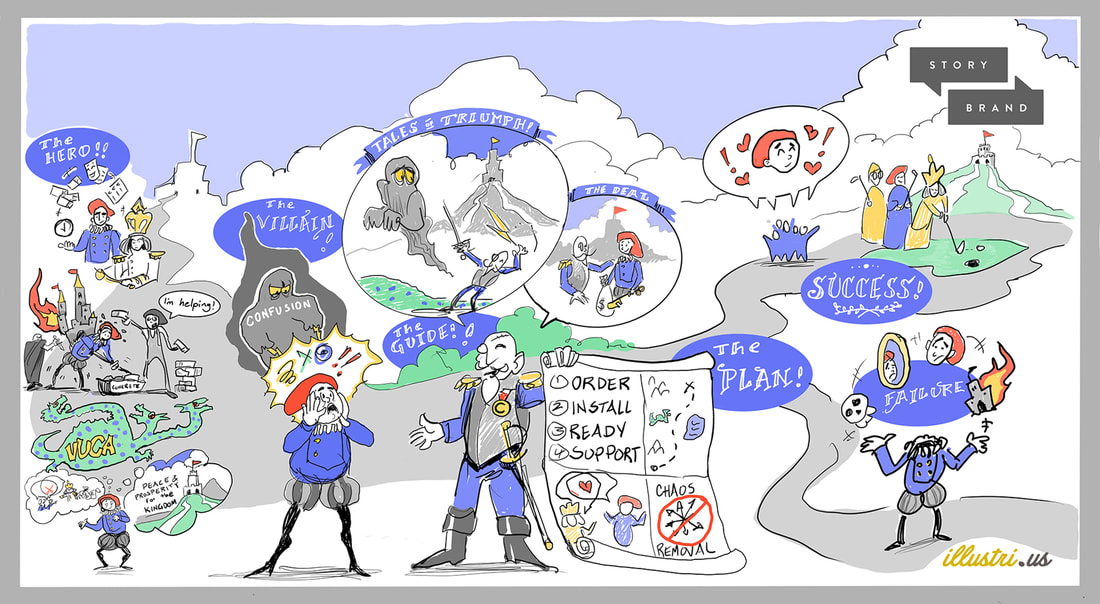

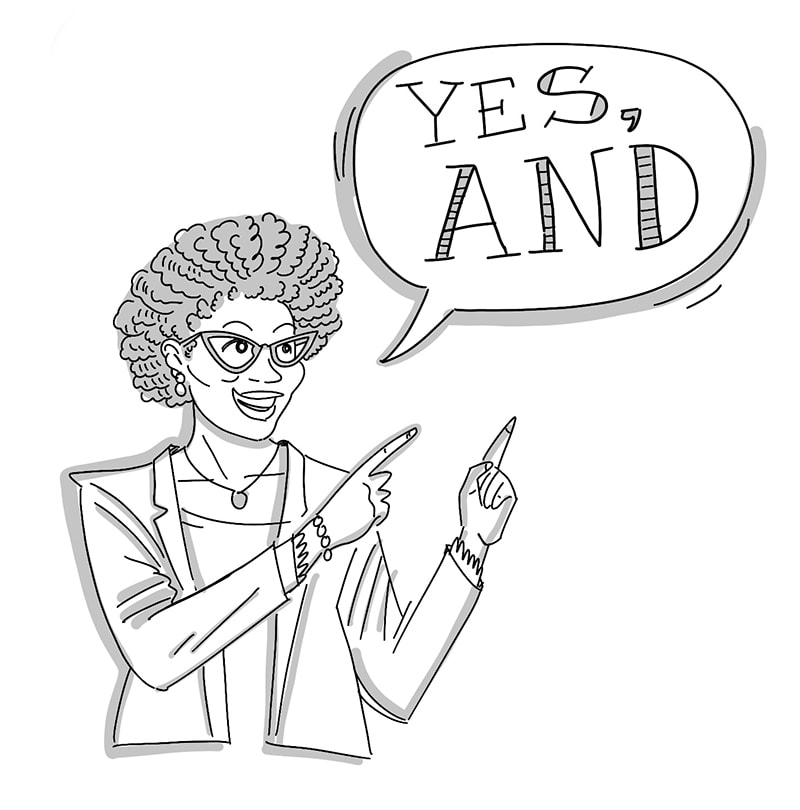
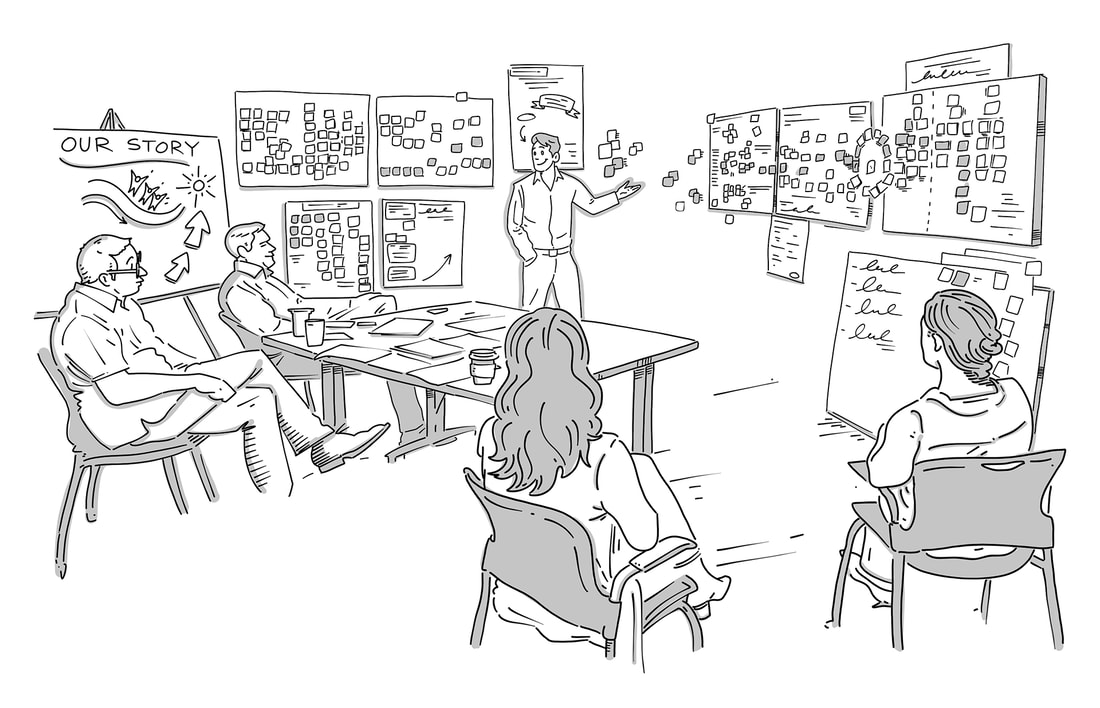
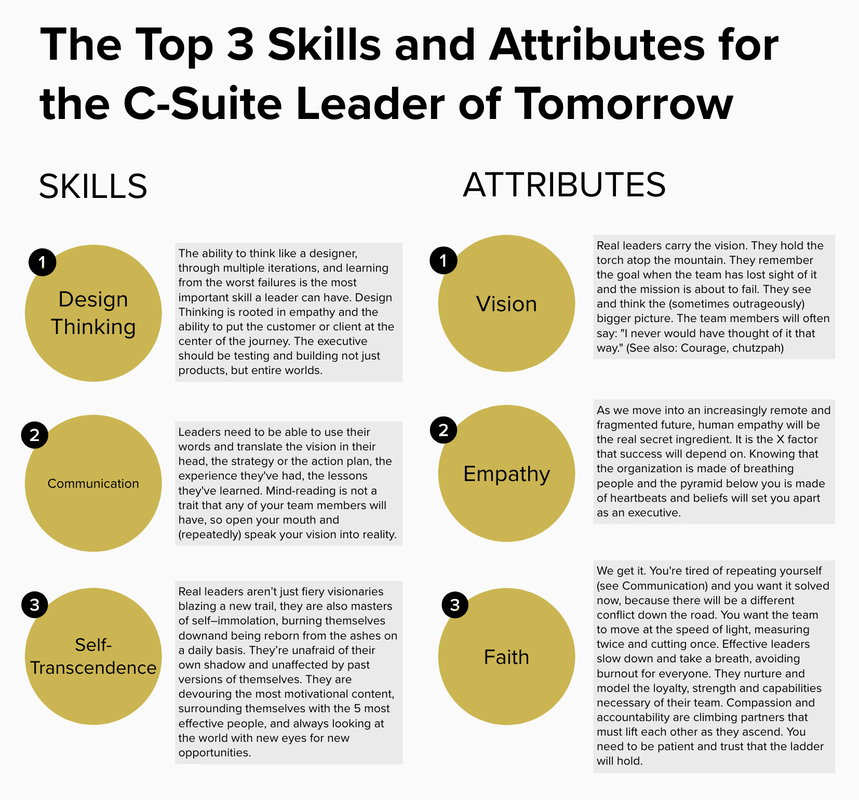
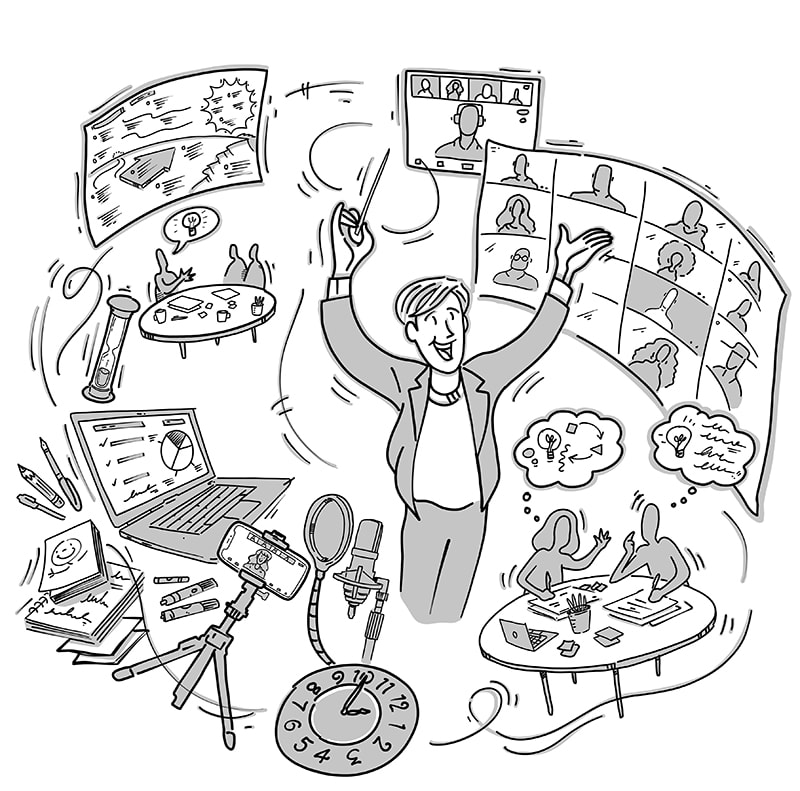
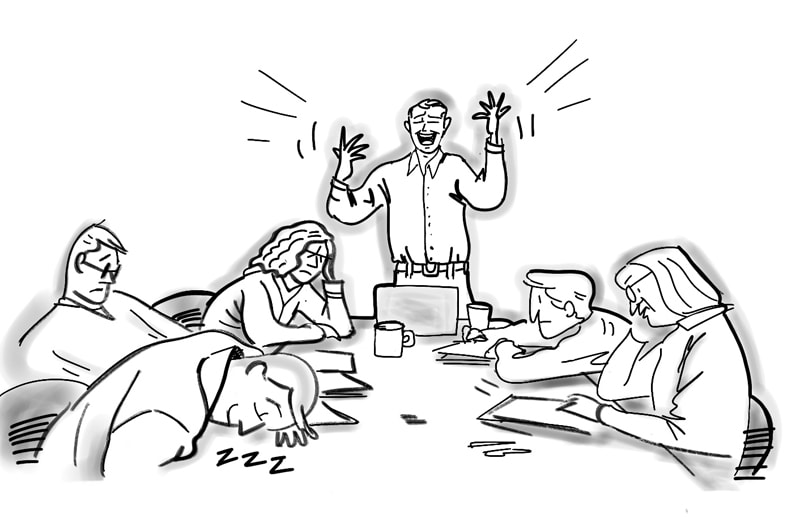

 RSS Feed
RSS Feed